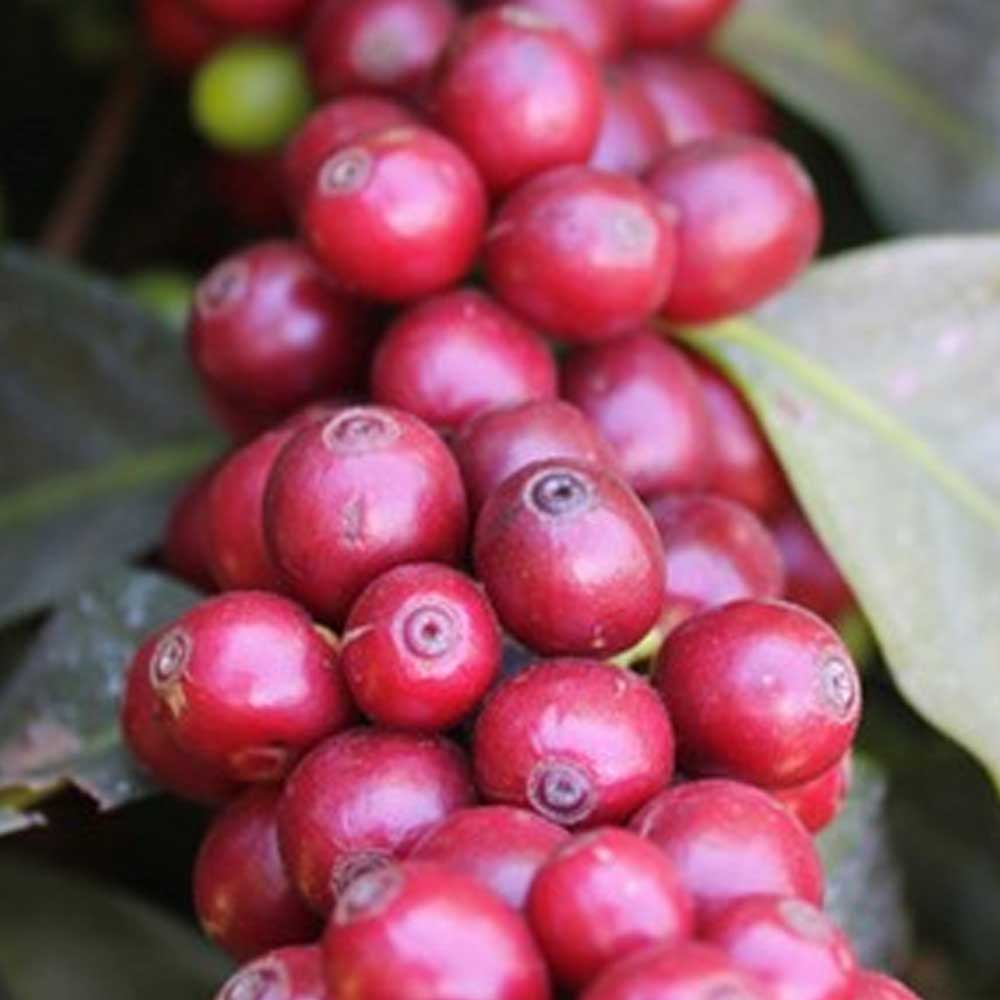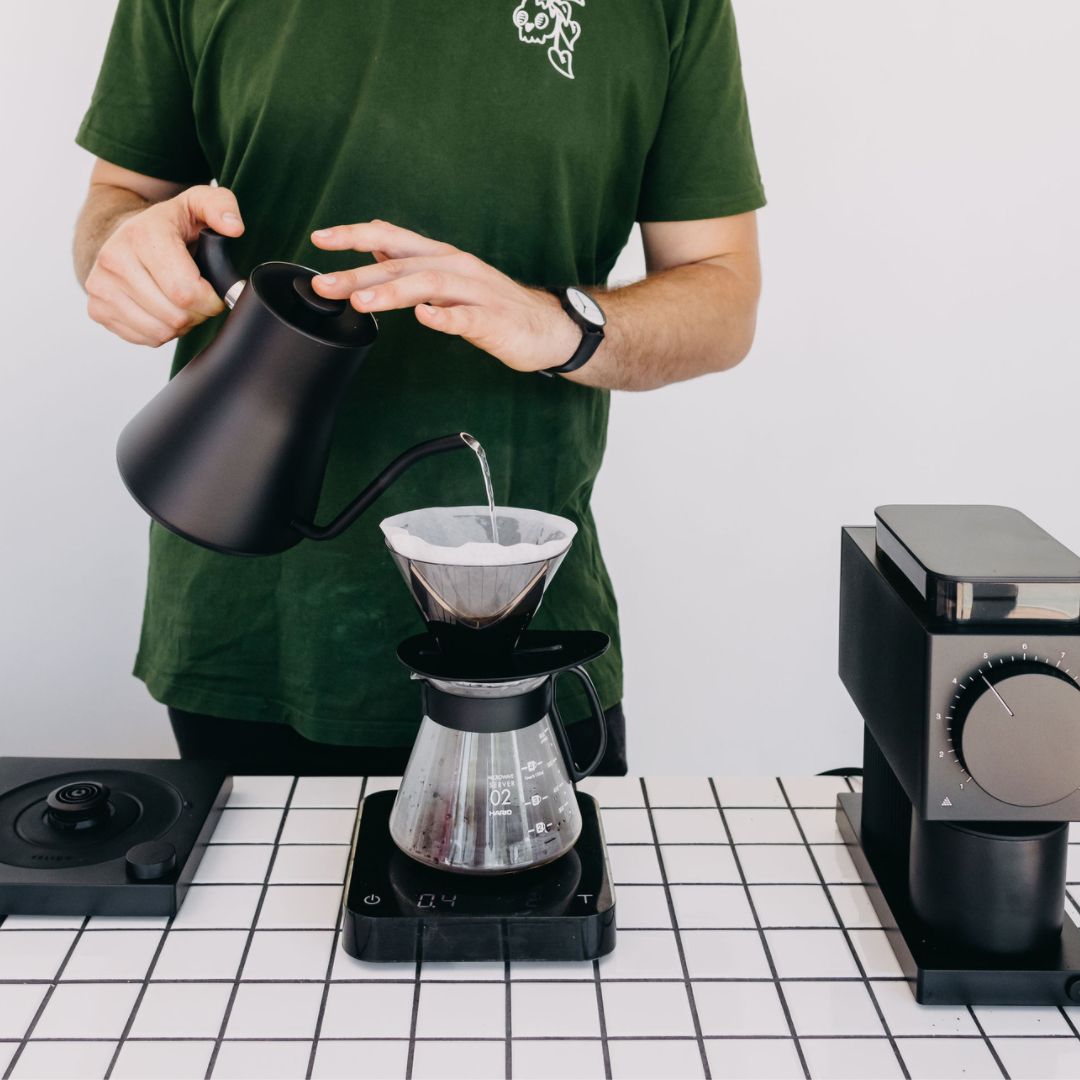
A varietal….what the hell does that mean?!
Much like purchasing a bottle of wine, you generally enter a liquor store looking to purchase a wine from a specific variety of grape along with origin. For example I love to drink a Malbec grown in Argentina. Malbec refers to the variety and Argentina the origin. Whilst reading the below, keep this idea in your head as the coffee industry seems to be following the wine industry and will become more and more common as the worlds collective knowledge of coffee improves.
Let’s go back to where it all begins. When we talk about coffee, people are usually talking about the fruit from one or two particular species of tree.
What is Arabica and Robusta coffee?
I’m sure all of you have heard about arabica and robusta, they are the two largest species of coffee tree but in fact there are over 120 different species which have been identified to date. For the purpose of this blog we’re going to focus on arabica coffee, which makes up most of the coffee produced each year and is grown in dozens of countries around the world.

An adaptation of the Coffee Family Tree
Coffea Arabica is the species of plant which produces some of the worlds best coffee, whilst at first glance all arabica coffee plants may look the same, when you take a closer look there are many differences which can be seen and this is what determines the variety of arabica being grown.
This is where varieties come into play, varieties refer to the different types of Arabica coffee tree. Varietals are important as it provides coffee buyers and roasters (like us) far more information about the coffee and often (but not always) the flavours we are likely to pick up on once roasted.
Typica is believed to be the first variety that was cultivated and is where most coffee varietals have been developed from. Some varietals have specific taste characteristics associated with them, whilst others take on characteristics from their growing environment.
Below are some of the most common varietals you will come across when reading coffee packaging, if you head over to our singles page you will see many of these listed. We look closely at the plants variety, origin and growing altitude when considering which beans to purchase.
TYPICA:
Considered the original variety of which all other varieties have been mutated or modified from. This varietal is known for its low production yield, but excellent cup quality. Grown mainly in Central America, Jamaica and Indonesia.
BOURBON:
Bourbon plants are a natural mutation of Typica and first occurred off the coast of Africa on the island of Bourbon (now known as Reunion). Bourbon is known for it’s productivity with production up to 30% more than Typica. Bourbon has a more complex flavour profile and many praise it for it’s distinctive sweetness.
CATURRA:
This varietal is a mutation of Bourbon and was discovered in Brazil (in the town of Caturras) in 1937. The Caturra Variety is a smaller plant and has a higher yield production compared to Bourbon which is why many farmers in Brazil chose to use it as it was compact in size and would maximise their land. This varietal is immensely popular throughout Colombia and Central America and still fairly common in Brazil. This varietal tends to have bright acidity with cup quality considered good.
GESHA:
Gesha is often misspelled as Geisha, and although people around the world still debate its spelling we are going to stick with Gesha as it was named after the town in Western Ethiopia, called Gesha where it first originated from. This variety is considered highly regarded amongst those in the coffee industry due to its unique cup profile. Gesha would be one of the most expensive and sought after varietals in the coffee industry, you’ll find some on our shelves! (and no it’s not a coffee roaster in Fremantle lol)
SL-28:
SL-28 is a prized variety which was created in Kenya by Scott Laboratories in the 1930s. Creating a bean in a laboratory was considered a new concept in 1930 but is now a more common practice around the world. SL-28 is produced from a drought -resistant variety from Tanzania. This variety is considered to be capable of producing a cup with a distinctively fruity flavour. This variety performs best when grown at high altitude.
HEIRLOOM:
Ethiopian Heirloom is a bit of a mysterious variety. They are like wild flowers and have descended from the natural coffee forests of South Western Ethiopia. Each village in Ethiopia tends to have its own variety, which gets handed down over centuries and is shaped by the soil, elevation and weather found around that village.
There are so, so many more varietals, and if you’ve made it this far I applaud you! The above varietals are simply some of our favourites and ones you may hear spoken about. As we mentioned at the start, just like the wine industry, coffee is following closely behind with many coffee drinkers wanting to try coffee from specific origins or varieties.
So I guess the saying 100% arabica coffee gives a drinker a pretty loose idea of what they’re actually drinking. Be a part of the change and demand more from your local coffee shop/roastery, otherwise the consumer will continue to be fed the story of the arabica bean, which after reading this you would understand is far more complex than originally thought.
By demanding to know more about where your coffee comes from and the variety of bean, you are helping change the industry and ultimately helping farmers around the world who are trying to produce the best possible coffee for you!



